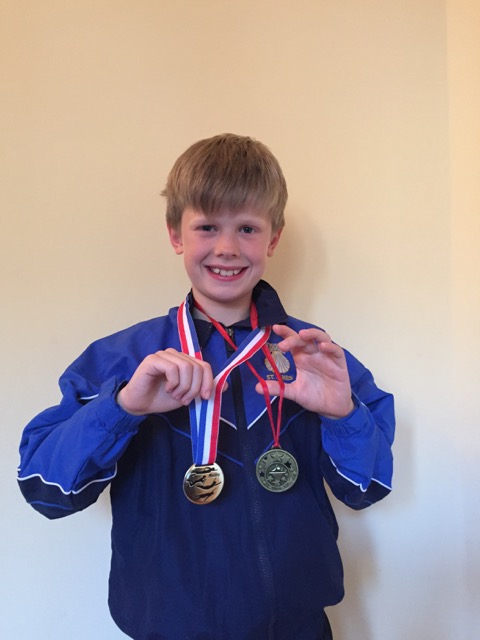I was really surprised when I heard Rebecca Adlington mention that although she used to go swimming with her parents and her older sisters alot as a young child, she never did any toddler swim lessons or baby swim classes when she was little.
I met 26-year-old Rebecca Adlington, the most successful British Olympic swimmer ever, at an event in London (May 2015) and I was so interested to know how her swimming journey began.
She never did any toddler swimming classes with her parents and at the age of 3 years old she was introduced to swim lessons but, she still made it as a top international swimmer.

I’m writing this introduction, to highlight the global growth in swimming classes for under 3 year olds in the last two decades.
Although there were baby and toddler swimming lessons since 1990’s, parents attended these classes with their young children ( 0-4 years old) to have fun in water. Splashing around in the pool and singing some popular nursery rhymes. Today, things have moved on.
Around the world there’s an increase in the popularity of swimming lessons for little ones. Toddler swimming classes has a life of its own. If you are still reading this blog, you are very likely to have done these classes with your little one or would like to start or you are a swimming teacher.
Literally, millions of parents in all four corners of the world are attending baby swimming and toddler swim lessons every day and although the experience of such classes could be amazing for some parents, for some, could be the complete opposite.
 With so many swimming schools around, there are many different approaches about what and how things should be taught in baby swimming classes. Knowing what works and what doesn’t, is vital in keeping swim lessons enjoyable for all.
With so many swimming schools around, there are many different approaches about what and how things should be taught in baby swimming classes. Knowing what works and what doesn’t, is vital in keeping swim lessons enjoyable for all.
Yes, at Blue Wave Swim School, we are passionate about keeping our classes efficient and our teaching methods effective.
In March 2015, I attended an international baby swimming conference in Austria. This conference was organised by the Austrian Baby Swim Association (ABA). For 3 days I learnt from colleagues whom shared experiences and ideas and the best practices. There were plenty of real-life stories and fascinating insights into how things are done at different countries.
However, with some creativity, every activity could be changed to something more fun and engaging. Parents and children must stay engaged with swim teachers.
SwimTeachers should be sympathetic to the fact that young children need time to settle in and learn at their OWN pace.
So, if an activity is distressing a child in water, like pushing a child under the water, there is no need to be pushy with it.
Some swim schools start babies as early as 8 weeks some wait until babies are a few months old before starting baby swim lessons.
In fact, one of the internationally known expert of baby swimming, Mr Terje Stakset from Norway, believes it’s better to start baby swimming lessons around 4 months. By age 4 months, babies have some control over their necks and can support their heads.

However, there is no universal agreement on the ‘graduation age’ for toddlers.
At Swimmix (a Danish swim school), parents are allowed to be in water until their kids are 8 years old.
A Mexican swim school has used experience and set a cut-off point of 3.5 years to enter standard classes.
In England, children go to school when they are between three to four years old.
For our toddler swimming classes we accept children only up to age of to 3.5 years old. After 3.5 years old, the expectation is children do swimming lessons independently from their parents.
In the Scandinavian countries, children don’t start school till they are 6 or 7 years old. Therefore, letting parents to be in the water during their children’s swimming lessons till much later is very acceptable.
There are so many parallels and similarities between baby swimming and toddler swimming classes in different countries. However, the ‘WHY’s’ for offering these classes are a bit different. How the baby swimming programme is structured, differently from one place to another. No doubt, culture and society are the big influences.
Some swim schools prefer to provide quality time for parents and babies through baby swimming.
Our aim of offering toddler swimming classes is teach young children water-confidence and the basic skills of swimming like kicking . We use structured fun games and play in a safe environment. Toddler classes are part of the building blocks of our ‘Learn-to-Swim’ classes.
Regardless of the ‘WHY’s, baby and toddler swimming world is expanding, period!
